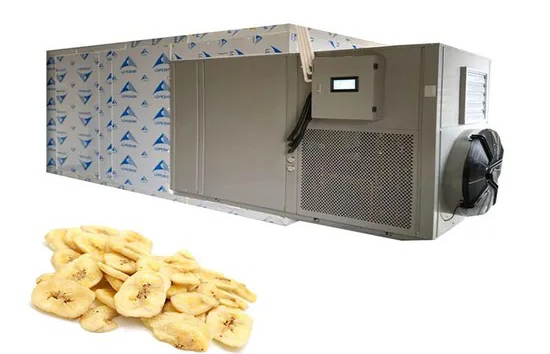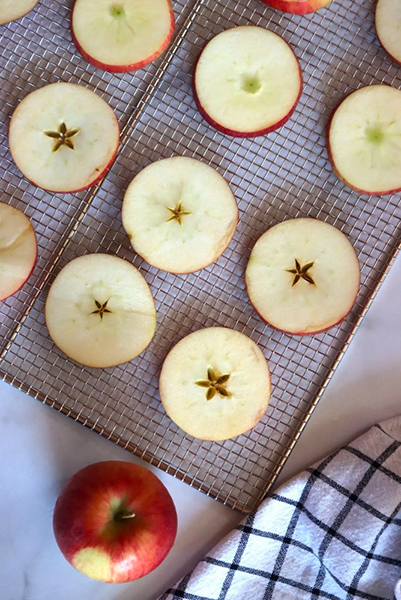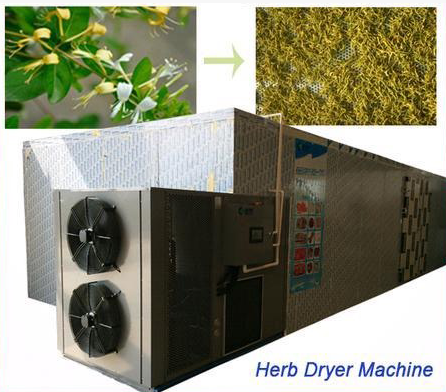
Content Menu
● Understanding Food Dehydrators
>> How Does a Food Dehydrator Work?
● Benefits of Using a Food Dehydrator
● Common Uses for Food Dehydrators
● Types of Food Dehydrators
● How to Use a Food Dehydrator
● Tips for Successful Dehydration
● Health Benefits of Dehydrated Foods
● Conclusion
● FAQ
>> 1. What types of foods can I dehydrate?
>> 2. How long does it take to dehydrate food?
>> 3. Can I use my oven instead of a dehydrator?
>> 4. How do I know when my food is fully dehydrated?
>> 5. Is it safe to dehydrate meat?
● Citations:
A food dehydrator is an essential appliance for anyone interested in preserving food while maintaining its nutritional value. This article explores the functions, benefits, and various uses of food dehydrators, providing a comprehensive understanding of how they work and why they are a valuable addition to any kitchen.

Understanding Food Dehydrators
A food dehydrator is designed to remove moisture from food, which helps in preserving it for longer periods. The process of dehydration involves circulating warm air around the food at low temperatures, typically between 95°F to 160°F (35°C to 70°C). This method prevents the growth of bacteria, yeast, and mold, which are responsible for food spoilage.
How Does a Food Dehydrator Work?
- Air Circulation: Dehydrators utilize fans to circulate air evenly across the trays where food is placed. This ensures that all pieces dry uniformly.
- Heat Application: The heating element warms the air that circulates around the food. The combination of heat and airflow effectively removes moisture without cooking the food.
- Temperature Control: Different types of food require specific temperatures for optimal dehydration. For instance, fruits can be dried at higher temperatures than herbs to preserve their flavors and nutrients.
Benefits of Using a Food Dehydrator
Food dehydrators offer numerous advantages:
- Extended Shelf Life: By removing moisture, dehydrators can significantly extend the shelf life of fruits, vegetables, and meats. Dehydrated foods can last for months or even years if stored properly.
- Nutritional Preservation: Unlike other cooking methods that may destroy vitamins and minerals, dehydration retains most of the nutritional value of the food. Studies suggest that dehydrated foods maintain their fiber content and essential nutrients, making them a healthy choice for snacking and meal preparation[7].
- Cost Efficiency: Dehydrating seasonal produce allows you to buy in bulk when prices are low and enjoy them year-round without waste. This not only saves money but also reduces food waste significantly.
- Healthy Snack Options: Dehydrators enable you to create healthy snacks like dried fruits, vegetable chips, and jerky without added preservatives or sugars. These snacks are ideal for those looking to maintain a healthy diet while enjoying flavorful treats.
Common Uses for Food Dehydrators
Food dehydrators are versatile appliances that can be used for various purposes:
- Fruits: Commonly dried fruits include apples, bananas, strawberries, and apricots. Dried fruits make excellent snacks or ingredients in recipes.
- Vegetables: Vegetables such as tomatoes, peppers, and zucchini can be dehydrated for use in soups or stews. Dehydrated vegetables retain their flavor and nutrients, making them perfect for adding to dishes later on.
- Herbs: Fresh herbs like basil, oregano, and thyme can be dried to enhance flavors in cooking. Dried herbs often have a more concentrated flavor than fresh ones.
- Jerky: Meat can be marinated and dehydrated to create homemade jerky—a popular snack among outdoor enthusiasts. Making jerky at home allows you to control the ingredients and flavors.
- Granola and Snacks: You can also prepare granola bars or fruit leathers using a dehydrator. These homemade snacks can be customized with your favorite ingredients.
Types of Food Dehydrators
There are generally two types of food dehydrators:
1. Horizontal Airflow Dehydrators: These units have fans and heating elements located on the side. They provide even drying across all trays without flavor mixing. This type is ideal for drying meats and delicate items like herbs.
2. Vertical Airflow Dehydrators: In these models, the fan is located at the bottom. While they are often more compact and affordable, they may not dry food as evenly as horizontal models. However, they work well for drying fruits and vegetables.

How to Use a Food Dehydrator
Using a food dehydrator is straightforward:
1. Preparation: Wash and slice your food into uniform pieces to ensure even drying. Removing any excess moisture from washed produce is also essential.
2. Arranging: Place the prepared food on the trays in a single layer without overlapping. Overcrowding can reduce airflow and lead to uneven drying.
3. Setting Temperature: Adjust the temperature according to the type of food you are dehydrating. For example:
- Fruits: 135°F (57°C)
- Vegetables: 125°F (52°C)
- Herbs: 95°F (35°C)
- Meats (jerky): 160°F (71°C)
4. Timing: Depending on the moisture content and thickness of the pieces, drying times can vary from several hours to over a day.
5. Storage: Once fully dried, store your dehydrated foods in airtight containers to keep them fresh. Proper storage techniques will help prevent moisture reabsorption.
Tips for Successful Dehydration
To achieve optimal results when using a food dehydrator:
- Cut Uniformly: Ensure that all pieces are cut into similar sizes so they dehydrate evenly[2].
- Blanching Vegetables: For some vegetables like broccoli or carrots, blanching before dehydration can help preserve color and texture[8].
- Monitor Progress: Check on your food periodically during the dehydration process to ensure it's drying properly[2].
- Conditioning Dried Foods: After drying, allow your foods to cool before placing them in jars; this helps equalize moisture levels among pieces[5].
Health Benefits of Dehydrated Foods
Dehydrating foods not only preserves them but also offers various health benefits:
- Reduced Risk of Cancer: Dried fruits and vegetables may help reduce cancer risks due to concentrated antioxidants that become more potent during dehydration[7].
- Improved Digestion: The fiber content in dried foods aids digestion and helps prevent gastrointestinal issues[7].
- Increased Energy Levels: Dried foods provide concentrated energy sources due to their higher calorie density compared to fresh counterparts[7].
Conclusion
Food dehydrators are powerful tools that allow you to preserve a wide variety of foods while maintaining their nutritional value. By understanding how they work and their many uses, you can make informed decisions about incorporating them into your kitchen routine. Whether you're looking to reduce food waste or create healthy snacks, investing in a quality food dehydrator can yield significant benefits for both your health and your wallet.

FAQ
1. What types of foods can I dehydrate?
You can dehydrate fruits, vegetables, herbs, meats (for jerky), grains, and even flowers.
2. How long does it take to dehydrate food?
Dehydration times vary depending on the type of food but typically range from 4 to 24 hours.
3. Can I use my oven instead of a dehydrator?
While you can use an oven for dehydration by setting it at low temperatures (140°F - 170°F), it may not achieve the same efficiency as a dedicated dehydrator[3].
4. How do I know when my food is fully dehydrated?
Food should be dry but still pliable; it should not feel sticky or moist when touched[2].
5. Is it safe to dehydrate meat?
Yes! However, it's recommended to cook meat first to an internal temperature of 165°F before dehydrating it to kill any harmful bacteria[1].
Citations:
[1] https://www.webstaurantstore.com/guide/741/food-dehydrators-buying-guide.html
[2] https://vacuumsealersunlimited.com/how-to-use-a-food-dehydrator/
[3] https://homesteadingfamily.com/preservation-101-intro-to-dehydrating-food/
[4] https://www.bestbuy.com/discover-learn/10-reasons-to-buy-a-food-dehydrator/pcmcat1634332391134
[5] https://www.youtube.com/watch?v=lEUA2t2XD5M
[6] https://www.commercialdehydrators.com.au/dehydrating-recipes-filters
[7] https://www.webmd.com/diet/dehydrating-food-good-for-you
[8] https://www.osbheatpump.com/news/how-to-use-a-food-dehydrator-10-useful-tips-for-beginners-and-advanced-users/
[9] https://www.youtube.com/watch?v=rXNIHzcE8F0
[10] https://www.freshoffthegrid.com/dehydrating-food/











